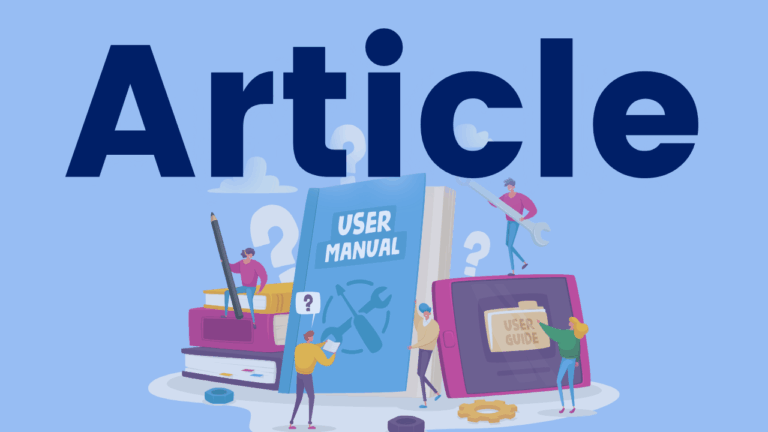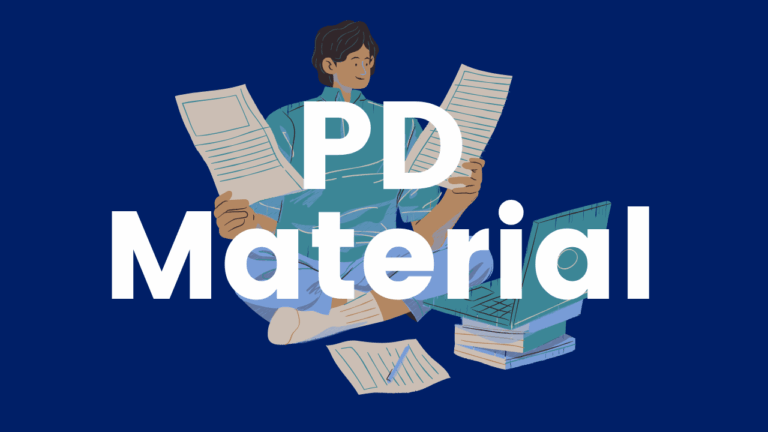A Case Study of Successful Early Screening and Intervention
In this International Dyslexia Association Perspectives article, author Linda S. Siegel describes the implementation of an early screening and intervention project in British Columbia, the results, and lessons learned. The article outlines the Response to Intervention (RTI) framework that was implemented, including the risk identification and Tier 1 programming used. The results of the study…





